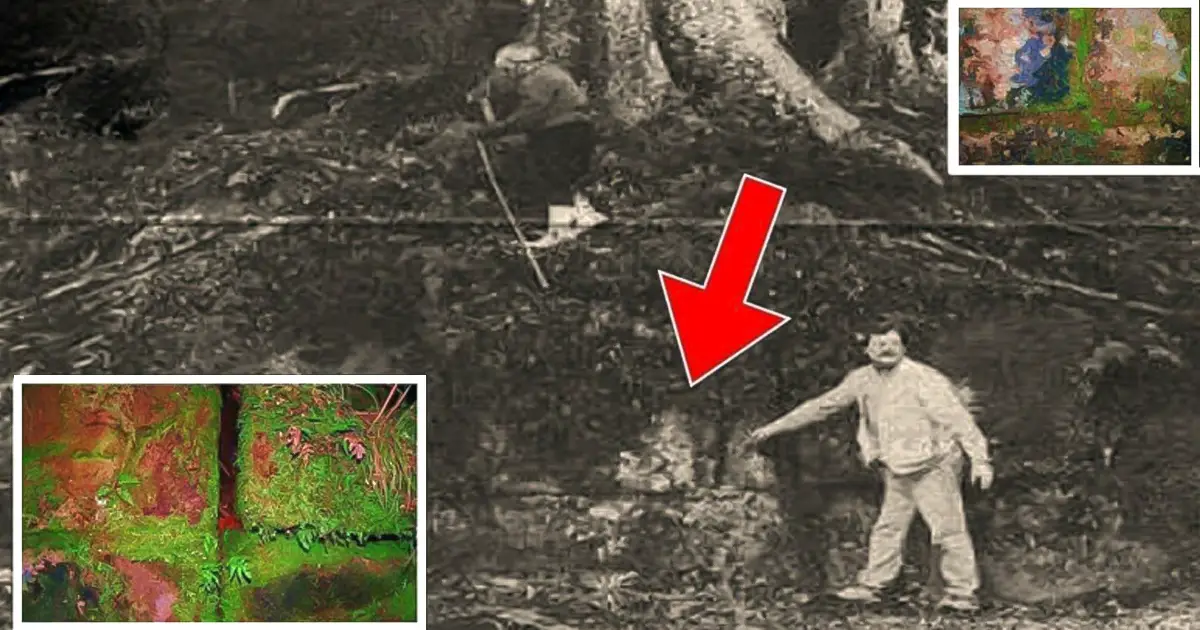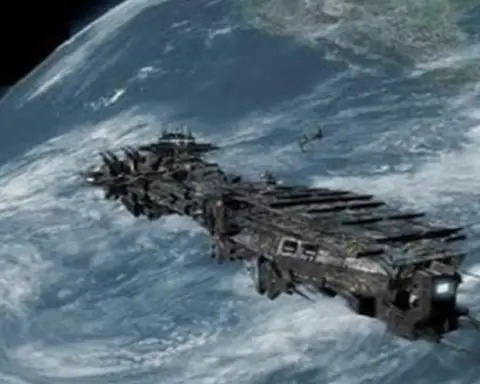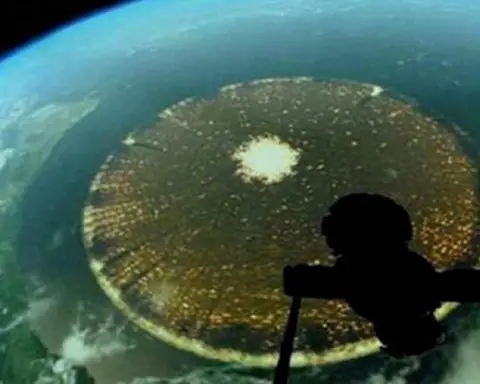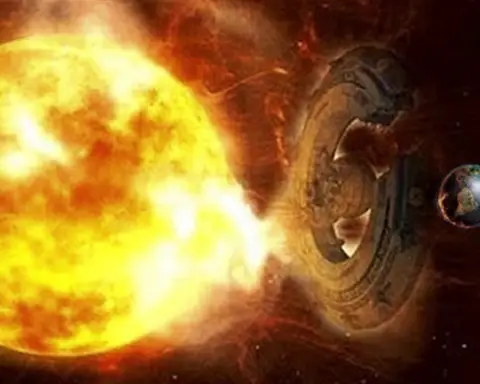The Kai Manawa wall is an amazing yet mysterious monument found on the shores of Lake Tahoe in New Zealand. What makes Chi Miyagawa appealing is that it predates academia’s rigidly evidenced understanding of the country’s past inhabitations.

The island of Zealand is widely assumed to have been populated within the last 800 years; nevertheless, a study of this impenetrable wall has revealed that it is at least 2,000 years old. Furthermore, it exhibits the tell-tale construction traits of lost wisdom that can be observed in innumerable other ruins found around the world.
The contentious wall originally came to public attention in the early 1990s, thanks to an article by Barry Braille in the New Zealand Guardian titled megalith mystery are enormous stones in the Cayman ah whoa.
Forest Park’s evidence of an ancient New Zealand civilization tells how the investigation has revealed that the stone wall is at least two millennia old and was built by previously unknown immigrants within New Zealand.

He dubbed them the white taaha and speculated that they were annihilated by the Mallorys, who came barely 800 years ago. Moreover, Brailsford claims that the wall could connect New Zealand to Egypt, South America, and plenty of other ancient civilizations.
Twelve pieces of evidence predictably support his claims; however, individuals from many different fields of academia have directed tremendous hostility to the department of conservation archeologists, geologists, and just about every political party in New Zealand, including some media outlets, to defend currently upheld paradigms.
Regarding the claims that led to the site being completely closed off to the public, you have to wonder what they are so afraid of people discovering. Regardless of Brailsford evidence, the conclusion that the wall is nothing more than a natural formation has been publicly peddled ever since the publication nearly 30 years ago.

A judgment based on vehement denial of reality or evidence Official geologists concluded that the wall is an outcrop of a large ignimbrite, a natural formation formed approximately three hundred thirty thousand years ago. They claim that fractures produced the block shapes in the rock, which they attribute to earthquakes, volcanic eruptions, and other natural events.
Scholars are willing to date such sites, but they are extremely hesitant to credit any intelligent design to their formation. Could the Chi Managua wall be a 330,000-year-old artificial wall erected by the same people that built numerous other sites throughout the world? Such possibilities pique our interest.






